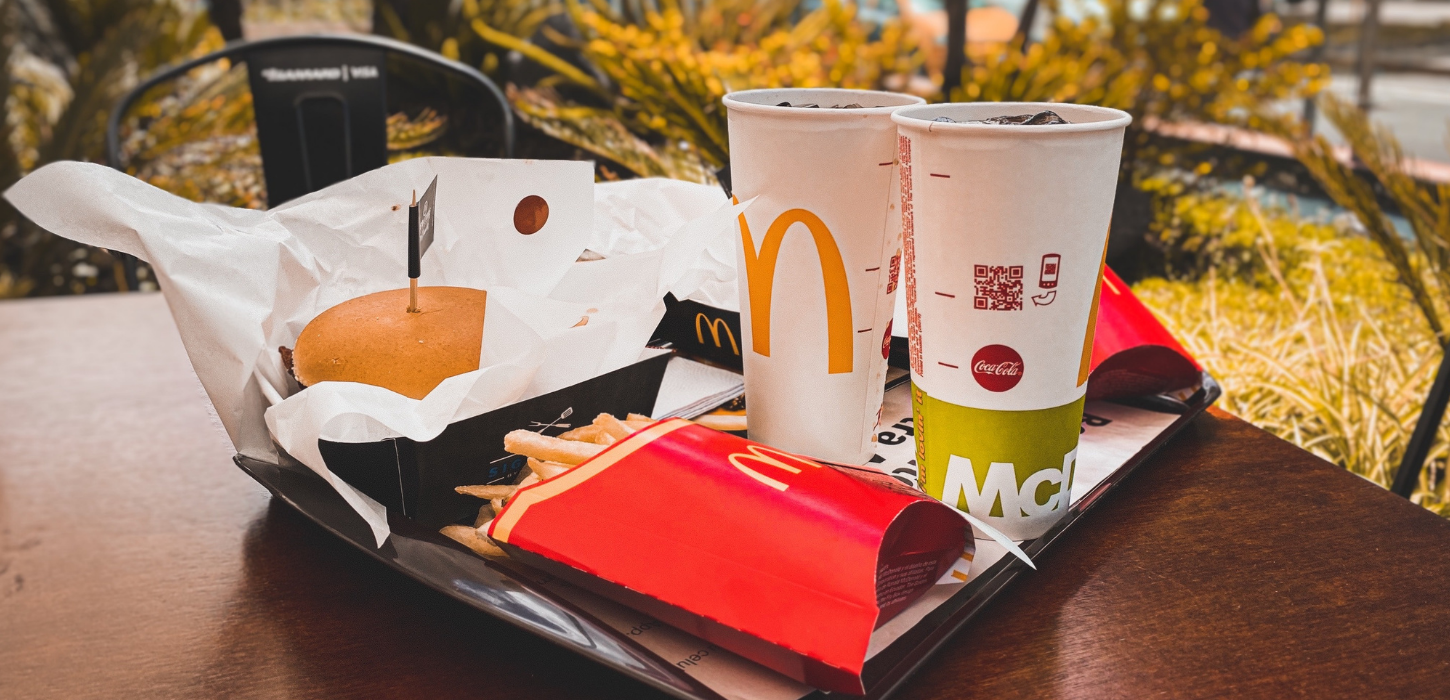Back in early 2018, McDonald’s – a pioneer in cold chain distribution – announced that it was testing out using fresh patties instead of frozen in burgers at 300 of its U.S. locations. Which doesn’t sound like a huge deal, but for one of the world’s largest Supply Chains – one that’s been using frozen burgers in its stores for decades – it represented an interesting test case in how companies can use supply chain strength to pivot as the market changes.
Now, McDonald’s has rolled out fresh burgers at its stores across the U.S. for Quarter Pounders. A great new feature in Fast Company, “the inside story of how McDonald’s innovated the Quarter Pounder,” details how the company has made this shift happen in an effort to attract more quality-conscious customers.
The chain has lost 500 milion restaurant visits since 2012, according to CIPS, as customers have flocked to more fast-casual alternatives. The brand has taken a hit, and now the company is relying on its prodigious Supply Chain to innovate and turn things around. The company’s new CEO Chris Kempczinski has undertaken efforts to revitalize the brand since his appointment in 2017, and this rolling adoption of fresh beef as opposed to frozen is the latest – and one of the more complex, from a change management standpoint.
Delivering fresh beef burgers nationwide at scale doesn’t sound like a tremendous challenge, but it’s held other companies back. Competitor In-n-Out has notoriously refuses to expand beyond the U.S. southwest because they serve fresh patties and aren’t able to secure the beef supply chain they want beyond that region. Competitor Shake Shack, based in the U.S. northeast, also serves fresh beef patties.
What do both chains have in common, besides their affinity for fresh patties and their status as regional, rather than national chains? They appeal to millennials quite a bit more than McDonald’s and other older-school fast food burger joints. More customers are also turning to retail meat to barbecue their own burgers at home. That’s why McDonald’s is trying to make a play for quality, upending a decades-old Supply Chain in the process of trying to build a better tasting burger.
Unlike some other Supply Chain disruptions we’ve discussed on the Argentus Blog – Chipotle and EpiPens, to name a few – this change is coming from a company’s proactive efforts to revamp their product line. Still, it’s a big deal for one of the world’s largest – and most famous – supply chains. Given that McDonald’s buys an estimated 2% of the world’s beef every year, this shift is bigger than it might seem on paper.
So what are the Supply Chain Management implications here?
From our perspective, it’s just another example of how a top-flight Supply Chain is a major competitive advantage for companies. McDonald’s’ Supply Chain is so historically renowned that research firm Gartner added the company to its “Masters” category in its annual ranking of the world’s top Supply Chains for 2018 – which recognizes companies with a consistent track record of Supply Chain excellence. As Gartner’s citation for the award put it, “the key to McDonald’s success is skillful orchestration across a network of strategic suppliers, service providers, and thousands of companies and franchise-owned stores worldwide.”
The flexibility required for an on-the-fly revamp of sourcing and distribution to over 14,000 stores shouldn’t be underestimated. Fast Company details how the new patties have a 14 day shelf-life, shortening the distribution timeline for the burgers. The cold chain requirements – tricky even for frozen foods – mean that there’s only a 1-degree margin for error as the patties get shipped in refrigerated trucks.
With this change – as well as other supply chain initiatives like investments in Blockchain technology and a commitment to using exclusively cage-free eggs by 2025 – McDonald’s is also responding to changing consumer habits. Consumers are becoming more concerned about the provenance of their food – what we would refer to as Supply Chain transparency, and these Supply Chain shifts represent an appeal to that changing need.
It remains to be seen whether this initiative will be successful enough that McDonald’s will expand it from its Quarter Pounders to other offerings on the menu. According to Fast Company, 90% of burger eaters surveyed prefer the new burgers. The results are encouraging, but the change’s ultimate success remains to be seen.
—
We highly recommend the Fast Company feature for anyone who’s interested in reading about how companies can use Supply Chain Management to revitalize their brands. It’s also a good read full of great tidbits about how this kind of shift comes about.




0 Comments